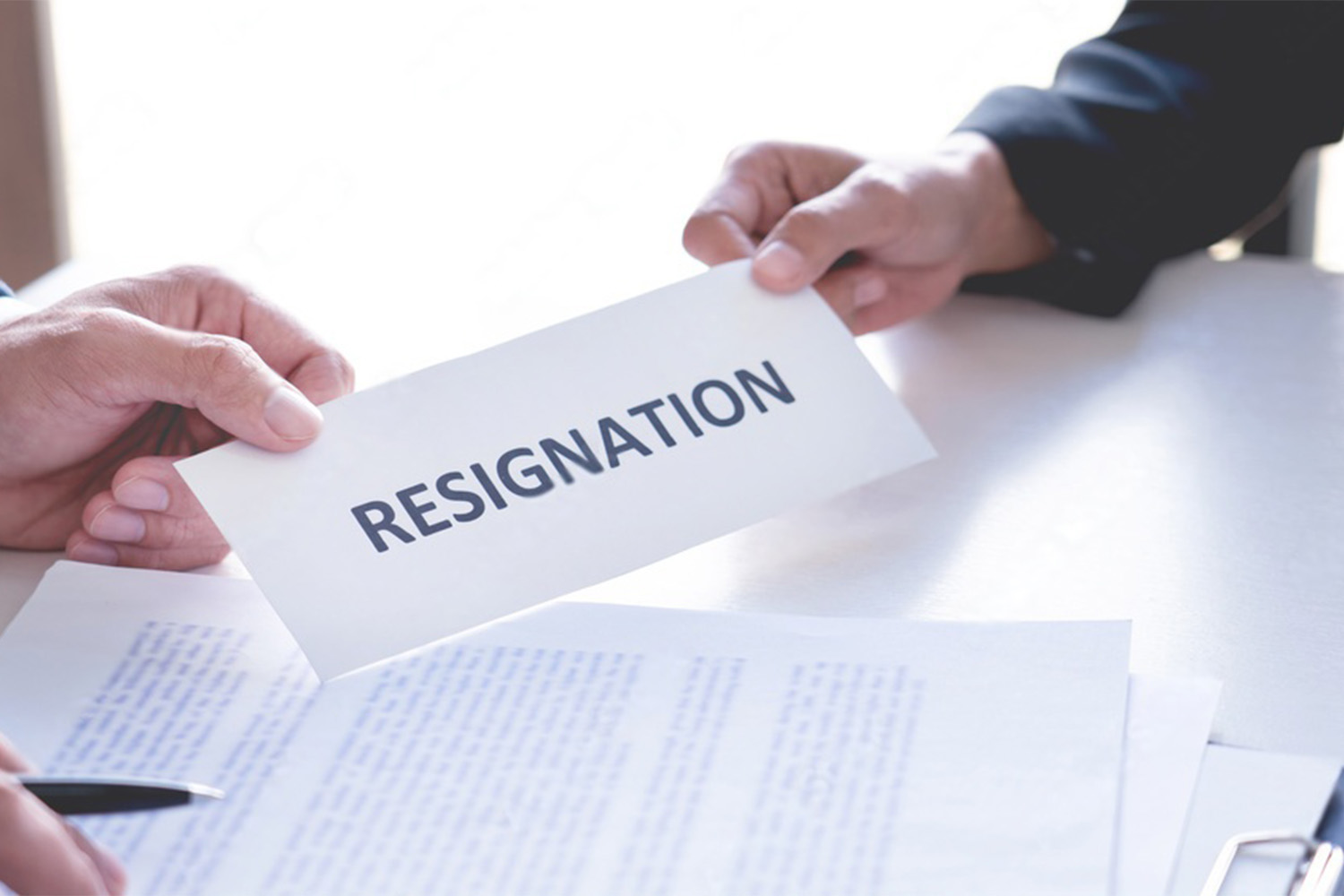Resigning from a job is a significant milestone in one’s career journey. Whether it’s for career advancement, a change in personal circumstances, or pursuing entrepreneurial endeavours, the act of resigning requires careful consideration and tact. Navigating this process with grace and professionalism is essential to maintain positive relationships and preserve your reputation in the industry. In this comprehensive guide from LocumCo, we’ll explore the key considerations and best practices for resigning from your job without burning bridges.
Understanding the Importance of Graceful Resignations
Resigning gracefully is more than just a courtesy; it’s a valuable skill that can impact your future career prospects and professional reputation. When handled poorly, resignations can lead to strained relationships, tarnished reputations, and missed opportunities. By resigning gracefully, you demonstrate integrity, professionalism, and respect for your employer and colleagues.
Common Mistakes to Avoid When Resigning
Before delving into the best practices for graceful resignations, it’s essential to understand what not to do. Here are some common mistakes to avoid when resigning from your job:
1. Taking it Personally
Resignations are often prompted by factors such as career advancement, misalignment with company values, or personal circumstances. Regardless of the reason, it’s crucial to avoid taking the resignation personally. Blaming others or venting frustrations during the resignation process can damage relationships and tarnish your professional reputation.
2. Using Resignation as Leverage
Attempting to leverage your resignation to coerce the company into meeting your demands is a risky move. No one is indispensable, and threatening to resign in hopes of getting what you want rarely yields positive results. Instead, it can strain relationships and lead to resentment from both parties.
3. Assuming Confidentiality
In today’s interconnected world, confidentiality is challenging to maintain, especially in professional circles. Assuming that your resignation will remain confidential is a mistake. Word can spread quickly within industries, and negative sentiments shared during the resignation process can damage your reputation and hinder future career opportunities.
Best Practices for Graceful Resignations
Now that we’ve discussed what not to do when resigning from your job, let’s explore the best practices for handling the process with grace and professionalism:
1. Communicate Effectively
Effective communication is key to a graceful resignation. Whether in written or verbal form, use professional and factual language to convey your decision. Clearly articulate your reasons for resigning while remaining diplomatic and respectful.
2. Have an Informal Discussion
Before submitting your formal resignation letter, consider having an informal discussion with your supervisor. This allows you to explain your decision in person and address any questions or concerns they may have. Approach the conversation with transparency and respect for their perspective.
3. Prepare Your Reasons
Take the time to prepare your reasons for leaving before initiating the resignation process. While you’re not obligated to provide detailed explanations, it’s helpful to have a clear understanding of your motivations. This can facilitate a smoother conversation with your employer and ensure that you’re prepared to address any inquiries.
4. Submit a Written Resignation Letter
After your initial discussion, formalise your resignation with a written letter. Express gratitude for the opportunities provided during your tenure, outline your notice period, and address any contractual obligations. Keep the tone positive and professional, focusing on the future opportunities that await both you and the company.
5. Provide Assistance with Transition
During your notice period, offer assistance in transitioning out of your role and training your replacement. This demonstrates your commitment to ensuring a smooth transition for the company and reflects positively on your professionalism and integrity.
Conclusion
Resigning from a job is a significant decision that requires careful consideration and tact. By avoiding common pitfalls and following best practices, you can navigate the resignation process with grace and professionalism. Remember that how you resign can impact your future career prospects and relationships within the industry. Approach the process thoughtfully with LocumCo, communicate effectively, and leave on a positive note, ensuring that you maintain your professional reputation and preserve valuable connections. Give us a call today!
Frequently Asked Questions
Is it necessary to provide detailed reasons for resigning in my formal resignation letter?
No, it’s not necessary to provide detailed reasons for resigning in your formal letter. However, it’s helpful to express gratitude for the opportunities provided and outline your notice period and any contractual obligations.
How should I handle a counteroffer from my current employer after resigning?
Consider the counteroffer carefully, weighing the pros and cons. Remember that your decision to resign was likely based on valid reasons, and accepting a counteroffer may not address underlying issues. It’s essential to prioritise your long-term career goals and personal satisfaction.
Should I inform my colleagues about my resignation before submitting my formal letter?
While it’s not mandatory, informing your colleagues about your resignation before submitting your formal letter can help maintain transparency and mitigate rumours. However, use discretion and avoid discussing sensitive details or grievances.
How should I prepare for the exit interview with HR?
Prepare for the exit interview by reflecting on your experiences and providing constructive feedback. Focus on highlighting positive aspects of your tenure, offering suggestions for improvement, and maintaining a professional demeanour.
What steps should I take to update my resume and LinkedIn profile after resigning?
After resigning, update your resume and LinkedIn profile to reflect your most recent position and accomplishments. Highlight key skills, achievements, and experiences that align with your career goals. Additionally, consider seeking feedback from colleagues or mentors to ensure your profiles effectively showcase your expertise and qualifications.




 Share
Share